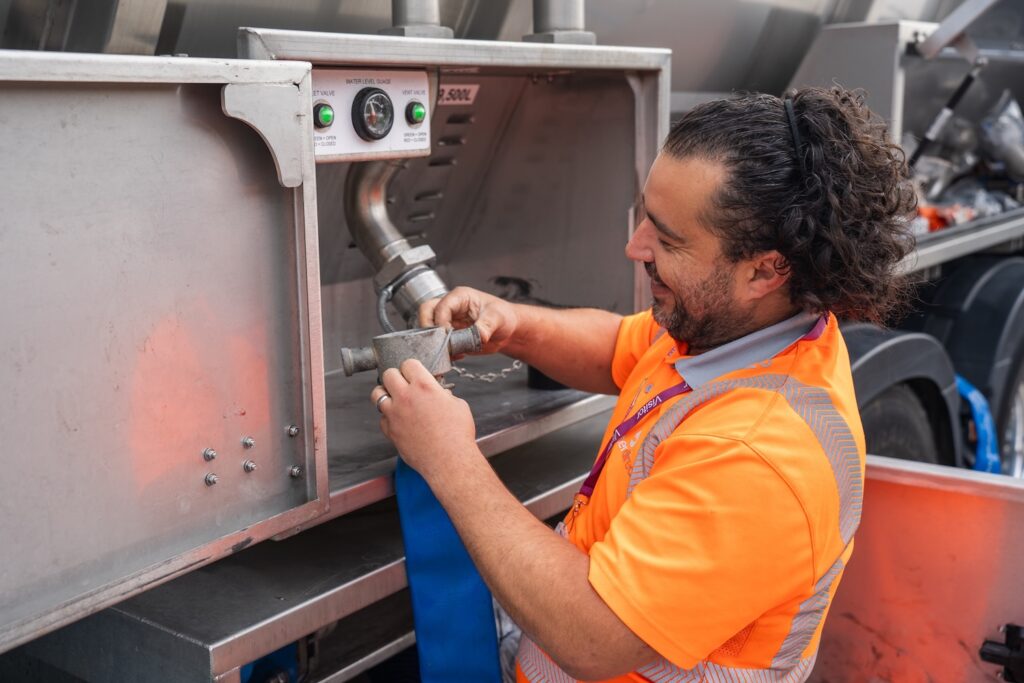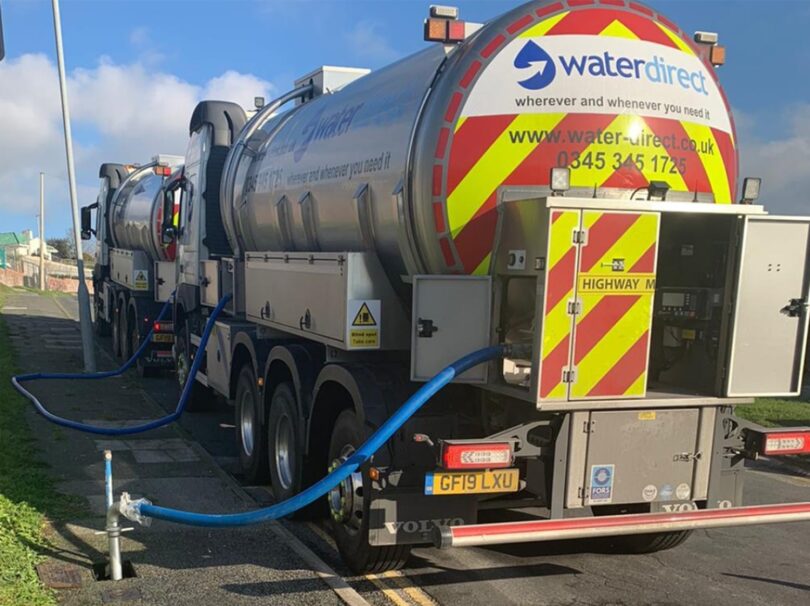Ageing networks, climate change, and population growth are driving an increase in supply disruptions, with water utilities facing more frequent and severe bursts.
In this landscape, utilities face growing regulatory scrutiny and financial penalties tied to their performance. A rise in unplanned (and planned) outages means utilities must act faster, mitigate risk more effectively, and ensure service continuity under increasingly complex conditions.

Smart network injections are becoming an essential tool for helping utilities minimise service interruptions and protect supply for customers. By injecting water directly into the mains network, utilities can keep supply flowing through customers’ normal pipework – ensuring that those impacted experience minimal disruption, even during major incidents.
Oliver Silcock, Chief Operating Officer at Water Direct, explains: “Utilities are facing unprecedented challenges. Infrastructure failures and supply interruptions are now more common and more severe.
“In these moments, a high-volume, controlled response is essential. Network injections enable utilities to maintain service to customers and avoid regulatory penalties, reinforcing why they are now a key pillar in today’s alternative water supply strategies.”
Historically, network injections were seen as risky, with concerns over uncontrolled flow rates potentially leading to discolouration events or even secondary bursts. However, technical advancements in automation, real-time monitoring, and adaptive flow control, led by Water Direct, have optimised the process.
By integrating cutting-edge technology into its fleet of dedicated drinking water tankers – the first of their kind in the UK – Water Direct has developed a high-precision, low-risk solution. Key innovations include:
- Real-time pressure monitoring – Automated systems react within 2.5 seconds to prevent over-pressurisation, ensuring network stability.
- Adaptive flow control – Pumps automatically adjust output dynamically, maintaining precise set-point pressure (between 0.25bar–10bar in 0.25bar increments).
- Automated efficiency – Digital controls eliminate human error, ensuring 24/7 reliability.
- Sustainable operations – Tankers automatically shut down engines during low-demand periods, cutting fuel use, CO₂ emissions, and noise pollution.
As the demand for water continuity increases, network injections are not just an emergency response tool. They support planned maintenance, keeping areas on supply while infrastructure upgrades take place. They also enable the re-supply of critical water assets, such as service reservoirs and holding tanks, when usual feed sources are disrupted.
Oliver added: “Network injections are no longer just an emergency response. With the right technology and expertise, we can prevent and reduce water supply interruptions for the consumer, strengthen infrastructure stability, and safeguard the long-term reliability of our water supply.”

As the sector shifts from reactive crisis management to proactive resilience, smart network injections are emerging as a fundamental tool for ensuring uninterrupted supply.
Water Direct continues to lead this transformation, investing in pioneering technology and strategic partnerships to redefine the role of AWS (Alternative Water Supply). With an operational network spanning the UK and over four million litres of bottled water held in storage courtesy of the Nationwide Bottled Water Bank, Water Direct is uniquely positioned to help utilities and businesses strengthen resilience, mitigate supply risks, and ensure uninterrupted service—no matter the circumstances.







